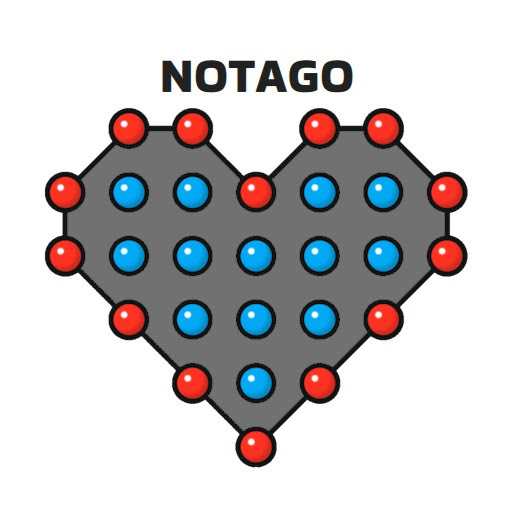Microsoft has recently unveiled an interactive demo inspired by Quake II, utilizing their new AI technologies, Muse and the World and Human Action Model (WHAM). This demo, which allows for real-time generation of gameplay visuals and player behavior simulation, marks a significant leap in AI-driven game development. Microsoft describes this as a dynamic environment where each player input triggers a new AI-generated moment, aiming to replicate the feel of playing Quake II on a traditional game engine.
Despite the ambitious claims, the demo has received mixed feedback from the gaming community. When showcased by Geoff Keighley on X / Twitter, the response was largely negative. Many gamers expressed concerns over the potential future of AI-generated games, fearing a loss of the human touch in game development. Critics on platforms like Reddit voiced worries that AI could lead to a homogenized gaming experience, dominated by cost-cutting measures rather than creative endeavors.
However, not all feedback was dismissive. Some saw the demo as a promising glimpse into the future of gaming, acknowledging the potential of AI to enhance early concept phases and other areas of game development. They argued that while the current demo may not be playable in a satisfying way, it showcases the rapid advancement of AI technology.
The debate around this demo reflects broader industry discussions on the role of generative AI in gaming. With recent layoffs and the push towards more efficient development processes, AI's integration into game creation is a contentious topic. Critics point to failures like Keywords Studios' AI-generated game, which was unable to meet player expectations. Meanwhile, companies like Activision have started using AI for certain game assets, sparking further debate over the quality and ethics of such practices.
The conversation around AI in gaming continues to evolve, with figures like Epic Games' Tim Sweeney and Horizon's Ashly Burch contributing to the discourse, highlighting both the potential and the pitfalls of this emerging technology.

 Latest Downloads
Latest Downloads
 Downlaod
Downlaod




 Top News
Top News








